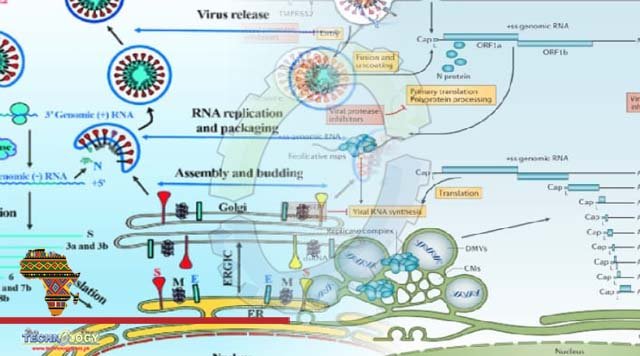Science Translational Medicine has described the transmissibility of severe acute respiratory syndrome coronavirus 2 (SARS-CoV-2), population-level immunity, and the impact of the omicron wave in South Africa.

Respiratory syndrome , The omicron variant of SARS-CoV-2 was detected for the first time in South Africa in November 2021. Before its emergence, South Africa experienced three distinct waves dominated by wildtype SARS-CoV-2 with D614G mutation, beta variant, and delta variant, respectively. Compared to previously circulating viral variants, omicron exhibits a heavily mutated genome, making the variant immunologically superior to evade population-level pre-existing immunity (herd immunity) induced by prior infections and vaccination. In the current study, scientists have determined the long-term dynamics of SARS-CoV-2 in two household groups from a rural and an urban region in South Africa. Both groups were followed over 13 months.
Respiratory syndrome , Specifically, the scientists have estimated the robustness of cross-reactive immunity induced by consecutive waves of SARS-CoV-2 variants. They have recreated the landscape of herd immunity in South Africa before the emergence of the omicron variant, as well as determined the impact of the omicron wave in the same population. The study was conducted in a rural region and an urban region situated in two South African provinces. The study population included 1200 individuals living in 222 households. Only 10% of the study population were fully vaccinated during the study period. At enrollment (baseline), the seroprevalence of anti-SARS-CoV-2 nucleocapsid antibodies was 1.1% in the rural region, which increased to 7%, 25%, and 39% after the first (D614G), second (beta), and third (delta) waves, respectively. The infection rate was almost 60% in this region.
Respiratory syndrome, In the urban region, the seroprevalence was 14% at enrollment, which increased to 27%, 40%, and 55% after the first, second, and third waves, respectively. The infection rate was almost 70% in this region. Household exposure to the virus primarily depends on the levels of viral RNA shedding among family members.The analysis of viral RNA shedding dynamics revealed that all three variants have similar characteristics, represented by a short proliferation stage and a longer clearance stage.The prevalence of symptomatic infection among household members was 13%, 16, and 18% for SARS-CoV-2 D614G, beta, and delta variants, respectively. The peak viral shedding timing coincided with the timing of symptom onset, indicating that significant viral shedding occurs before symptom onset. Further analysis revealed that symptomatic infections are characterized by high viral load. The highest viral load was observed in delta infections, followed by beta and SARS-CoV-2 D614G infections. Notably, household members with previous infections exhibited significantly reduced levels and duration of viral shedding upon reinfection.
Source: This news is originally published by news-medical.net